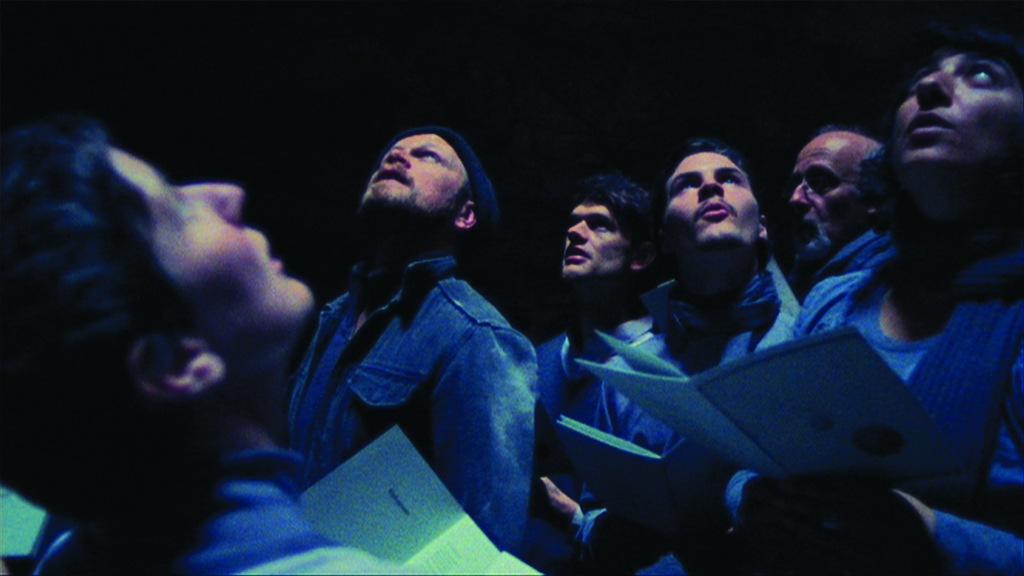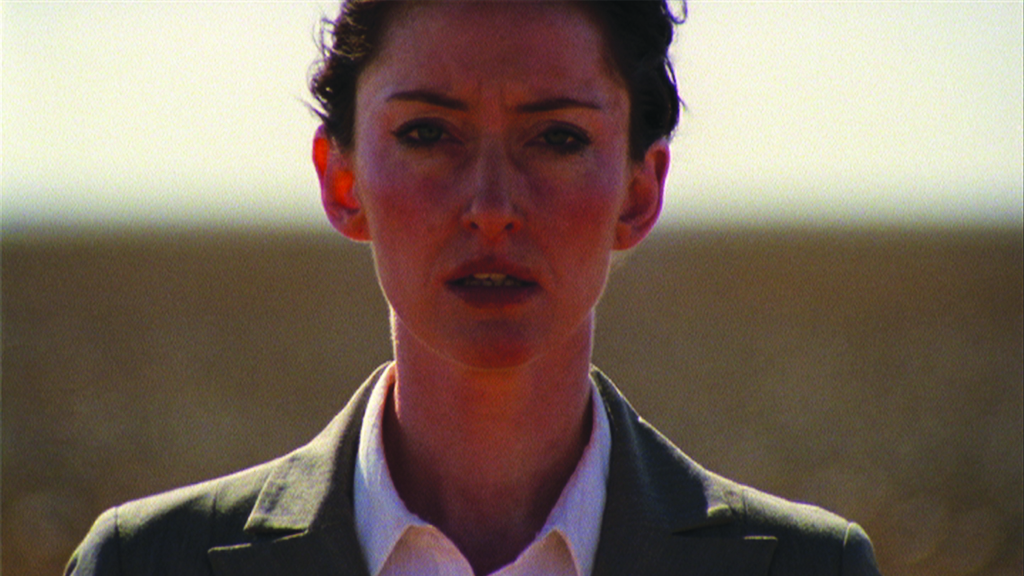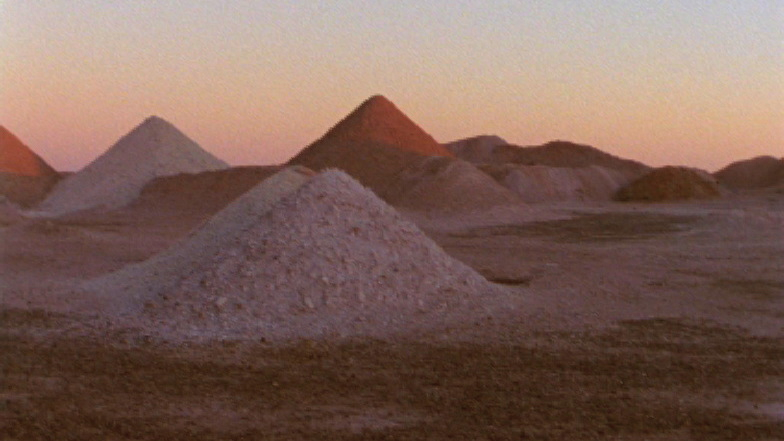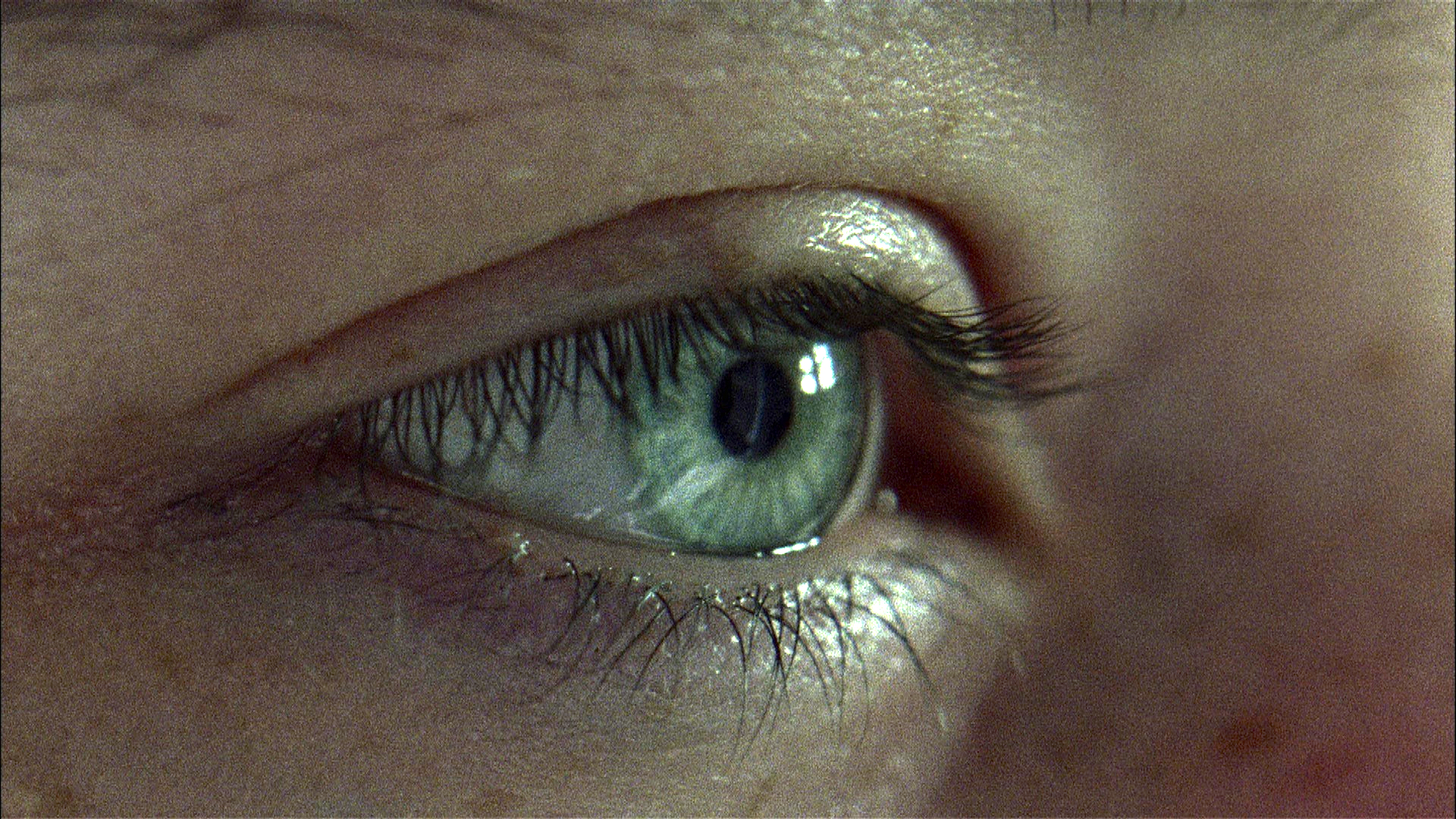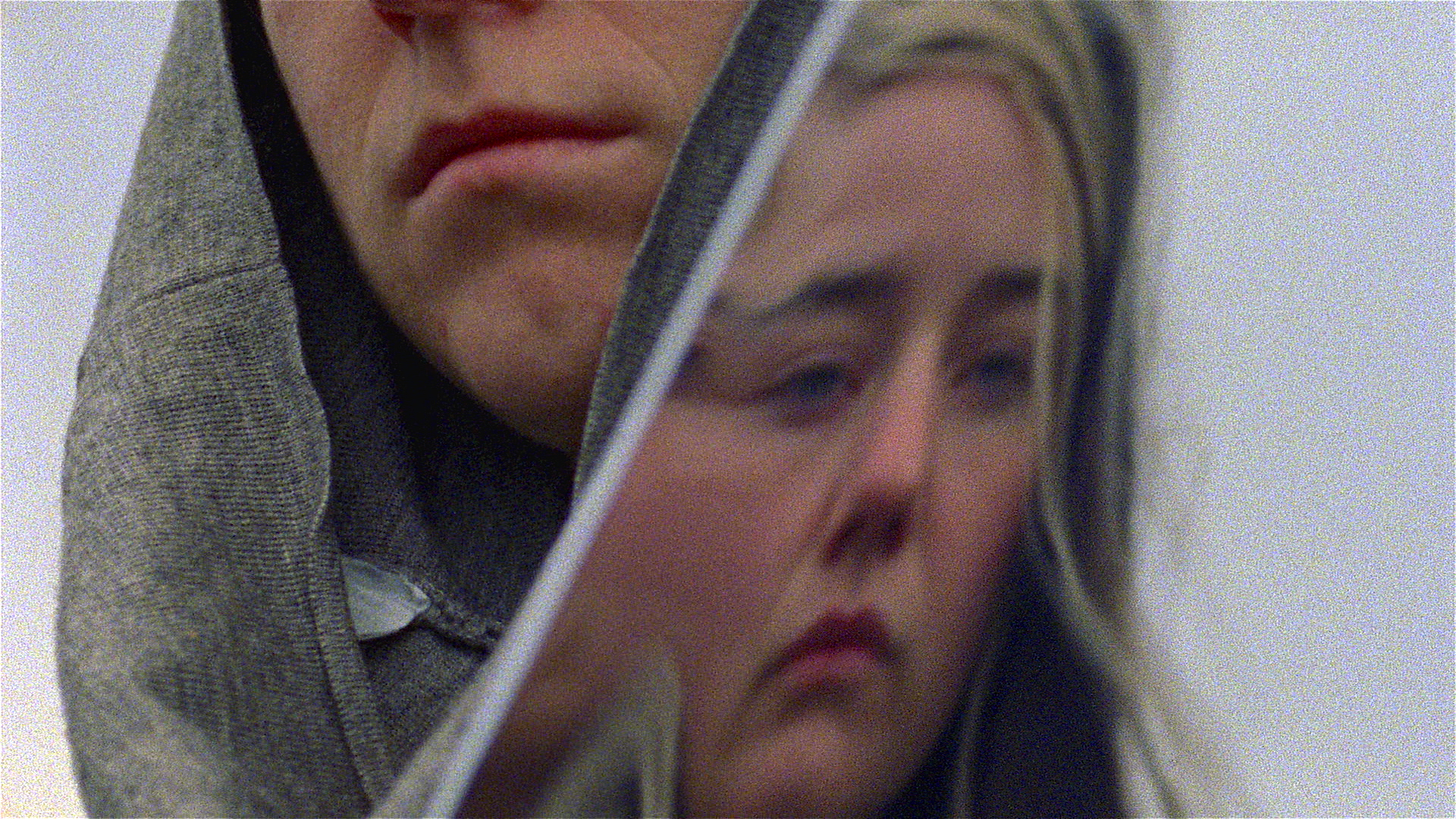Irish artist Jesse Jones’ practice focuses on the embedded political and social history within everyday life. Her work takes many forms; from gallery based films, installations and sculpture, to large scale public events and performance. Jones represented Ireland at the 57th Venice Biennale in 2017. She has collaborated with diverse groups; from opera singers and marching bands to activists. Jones uses the process of restaging a sense of history within contemporary contexts. By reinterpreting these artefacts, she scrambles their initial cultural reference and meaning. In 2012 as we were transitioning from Golden Bough to Sleepwalkers programmes we launched ‘Sleepwalkers: Possibilities – Contingencies’. Jesse Jones and the artist duo Walker and Walker were invited to present some of their previous work to fill this liminal setting.
Jones responded with her exhibition entitled ‘The Trilogy of Dust’ which was a screening of a collection of three films made over three years from 2009 to 2011; ‘Mahogany’ (2009), ‘The Predicament of Man’ (2010) and ‘Against the Realm of the Absolute’ (2011). ‘The Trilogy of Dust’ depicted a narrative arch that shifted from Brechtian alienation to the cognitive estrangement of Science fiction. Each of the films were located in an environmentally extreme landscapes, speculated on post-apocalyptic futures, from the desert of central Australia to a manufactured desert of post-industrial wasteland. Each of these stark landscapes formed an eerie stage to speculate on social and economic collapses and their repercussions on human existence.
The first chapter ‘Mahogany’ used the final scene from playwright Bertolt Brecht (1898-1956) and composer Kurt Weill’s (1900-1950) satirical opera from 1927 ‘The Rise and Fall of the City of Mahagonny’ which was ultimately a criticism of the false freedoms of the Weimar Republic. Jones transported this scene to the Australian outback and restaged the fictitious paradise city which took the allegorical geographical location and historical moment as the starting point for a critique of early 21st geo-political conditions.
Next, ‘The Predicament of Man’ took its title from an essay in ‘Limits to Growth’ (1972), by the economic think tank ‘The Club of Rome’. The essay was based on their non-technical report on the global system of nature and the probability that it would not support us based on the present rates of economic and population growth much beyond the year 2100, if that long and even with an advancement in technology. Jones’ film created an uneasy and foreboding slippage in time that hinted at the apocalyptic future within the backdrop of the historic opal mine in Cobber Pedy, Australia and contained a display of momentary imagery from recognisable 20th and 21st Century icons and events.
The final act, ‘Against the Realm of the Absolute’, was filmed at the ash lagoons of Cockenzie power station in Scotland. The work was set in a distant future where a great plague had wiped out the male population of the world. Made in collaboration with a feminist megaphone choir formed by the artist, the film contained adapted passages from Joanna Russ’s iconic feminist Sci-Fi novel, ‘The Female Man’ (1975) and investigated the multiple narratives of Feminism and how it is inevitably tied to a critic of Capitalism itself.
-
Profile
Jesse Jones (b.1978) lives and works in Dublin. She studied sculpture at NCAD before completing an MA in visual arts practice at IADT in 2005. Jones teaches in Fine Art programmes at CIT Crawford College of Art & Design in Cork, and has worked and exhibited extensively both at home and abroad. Solo exhibitions have included ‘Tremble Tremble’, Guggenheim Bilbao (2019); Talbot Rice Gallery, University of Edinburgh; Project Arts Centre, Dublin (2018), ‘NO MORE FUN AND GAMES’, Hugh Lane Gallery (2016), ‘The Other North’, Artsonje Centre, Seoul; CCA Londonderry (2013). Jones represented Ireland at the 57th Venice Bienalle in 2017.
-
Related Documents






